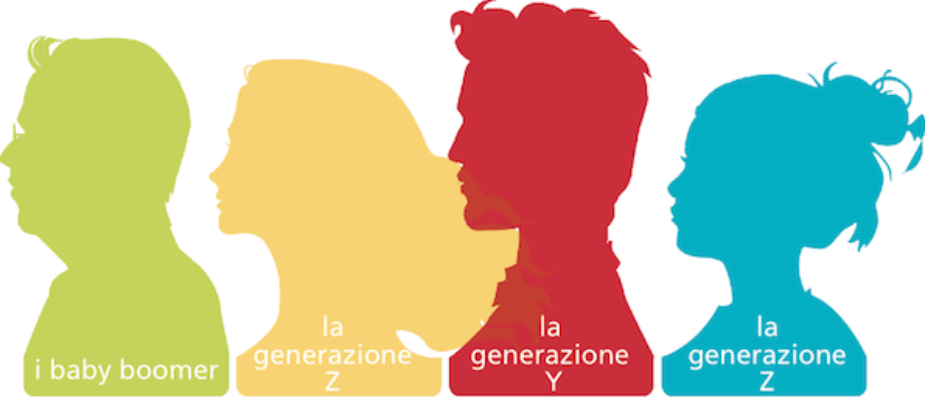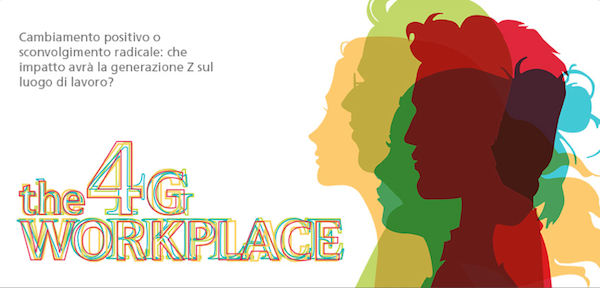
The ways of working change through generations. With the Generation Z (those currently aged 19 years and younger) entering the working population, there will be 4 different generations in the workplace. An international research by Ricoh Europe shows the importance of innovating the working system to allow this composite working force to fully express its own potential.
“There is no doubt that Genenation Z is heading towards a reality crunch and businesses must adapt now. Trying to squeeze employees, particularly Gen Z, into the same traditional ways of working, and forcing them to use the same tools, simply will not work. People are often the biggest differentiator for an organisation and the most successful companies will be those who can empower and engage all generations in their workforce, from the most experienced through to the youngest rising star”. David Mills, Ricoh Europe’s CEO has commented with this words the results of “4G Workplace“, a research (July 2015) carried out over 3,300 people in 22 different countries, among Europe, Middle East and Africa, underlying the the coexistence of different generation in the workplace as one of the most compelling challenges that companies will have to face in the next years.
Generation Zers are unique. Strongly shaped by their individualistic Generation X parents, hearing stories from their Baby Boomer grandparents and witnessing the errors and successes of Millennials, they constant demand for changing of perspective and workstyle innovations, in a world where an ever-present stream of innovative technologies, products and processes is the norm.

Despite the survey has found out that majority of the employees (88%) thinks a composite working force as a benefit, there are several challenges that managers have to face: the 54%, infact, declares that company are struggling to adapt their ways of working to the new generations.
Over a third (35%) of elder employees expect workplace tensions to increase with the arrival of Generation Z into their companies, a generation that tends to see itself as a positive force for change: 65% of respondents are sure they will be able to introduce new ways of working, while the 73% believes that their future employer will cater to their needs (opposed to only 48 per cent of the other three generations.).
These differences are already perceived in the working environment by the 65%.
The clearest contrasts emerged in their respective attitudes, expectations and styles of working. Face-to-face communication at work, while still the most preferred method across every group, is in generational decline. Preference for it drops from 77% among Baby Boomers to 58% among Generation Z.
The Gen Z has higher expectations towards the workplace and different priorities and it is more susceptible to frustration.
Beside the economical point of view, they aim especially to the work-life balance (48%), to the chance of working along with highly valued people (47%), to a flexible working time, with the chance of an advance of career and job security (42%).
“Just like the possibilities afforded by digitalisation, the arrival of Gen Zers opens a catalogue of opportunities to all businesses”, Mills concludes. It is up to the companies to find the right ways of working and conditions to capitalise on these opportunities.
Testo di Gabriele Masi.

















